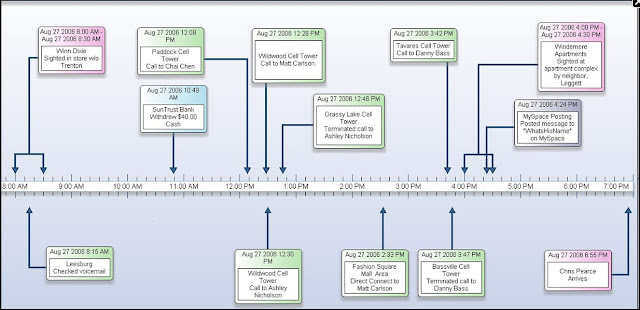


It would be beneficial to see more journalism in this vein moving forward. The video folds the immediacy of social media capture and witness into a legible narrative. This approach is easy to dismiss as gimmicky or over-produced, but it’s actually enormously helpful, and could have utility even for reporting on less flashy subject matter. Not only does the video show where police were in relation to protesters at each stage during that evening, but it also marks where each camera source was positioned at the time of its recording, helping to orient the viewer as to where everyone involved was, and at what time.
#Timeline photo police series
As it lays out the sequence of events on June 1, it not only explains each development as one leads to the other, but also illustrates them through a layered series of clearly annotated maps. From British institutions to dark blue uniforms, police milestones are pictured and explained By Police1 Staff Criminal Justice Degrees blog posted a timeline of policing in the United States, including its British roots, the evolution of officers' titles and duties, milestones in police technology, and a quick history of the dark blue or light blue, as was the case in 1960s New York uniform. Davis, and Joyce Lee (with contributions by Atthar Mirza, Nick Kirkpatrick, and Alice Li). The investigation “ The crackdown before Trump’s photo op” was put together by reporters and editors Dalton Bennett, Sarah Cahlan, Aaron C. This week, the Washington Post did the same to explicate just what happened when authorities attacked demonstrators in Lafayette Square on Trump’s behalf.
#Timeline photo police full
The New York Times used this strategy to lay out the full details of Floyd’s murder. Recently, some publications have taken to synthesizing the two elements, using primary sources not merely to tell stories, but also to reconstruct the stories on a beat by beat basis. Journalists and their outlets have toyed with different ways of approaching this friction, between the pressing need to address on-the-ground moments and the obvious benefits of being able to situate events in a wider context. It was only in the aftermath that a coherent portrait of the whole event could be put together. As with every contemporary breaking news story, the incident roiled social media, with reports coming in faster than most observers could possibly keep up with. under occupation by the National Guard and regular nightly attacks by police nationwide over (now recently lifted) municipal curfews. ( Specifically a Bible, not “his” Bible.) This was a major flashpoint amid the ongoing protest movement driven by the deaths of George Floyd, Breonna Taylor, Ahmaud Arbery, Tony McDade and many others, with D.C. so that President Trump would have a clear path to walk over to Saint John’s Episcopal Church for a photo op of himself lazily holding up a Bible. On June 1, peaceful protesters were violently dispersed from Lafayette Square in Washington, D.C. From “The crackdown before Trump’s photo op” (screenshot by the author for Hyperallergic)


 0 kommentar(er)
0 kommentar(er)
